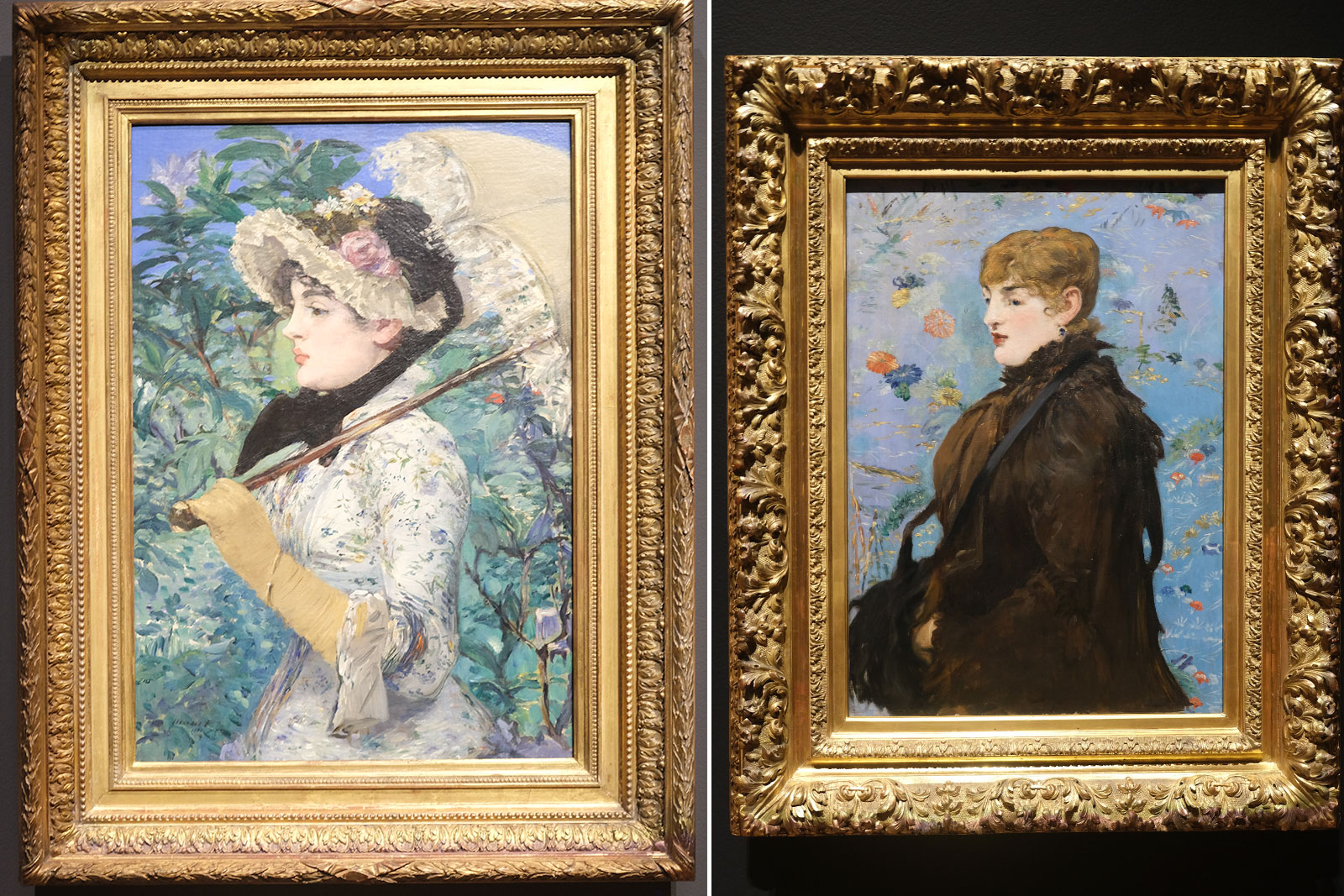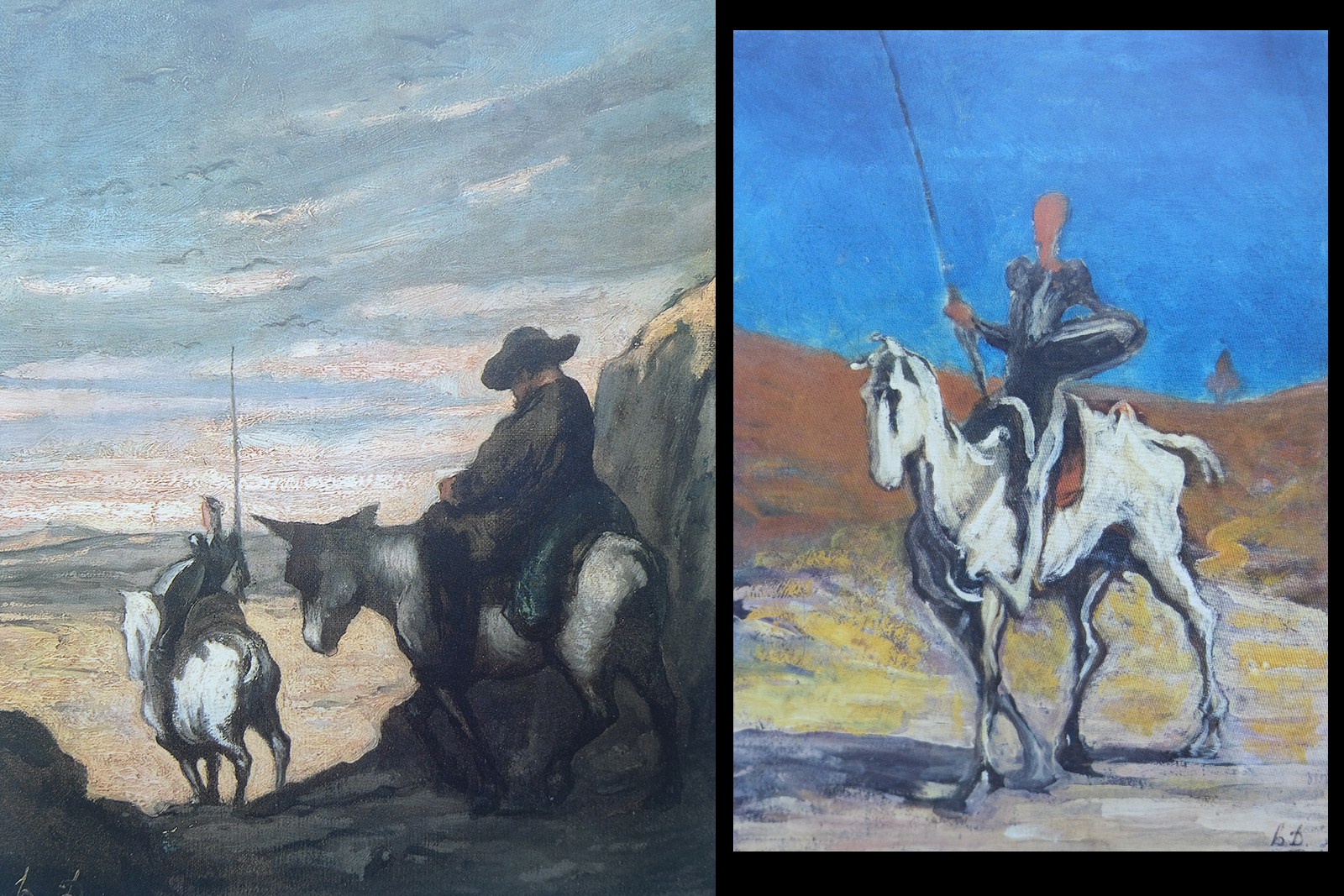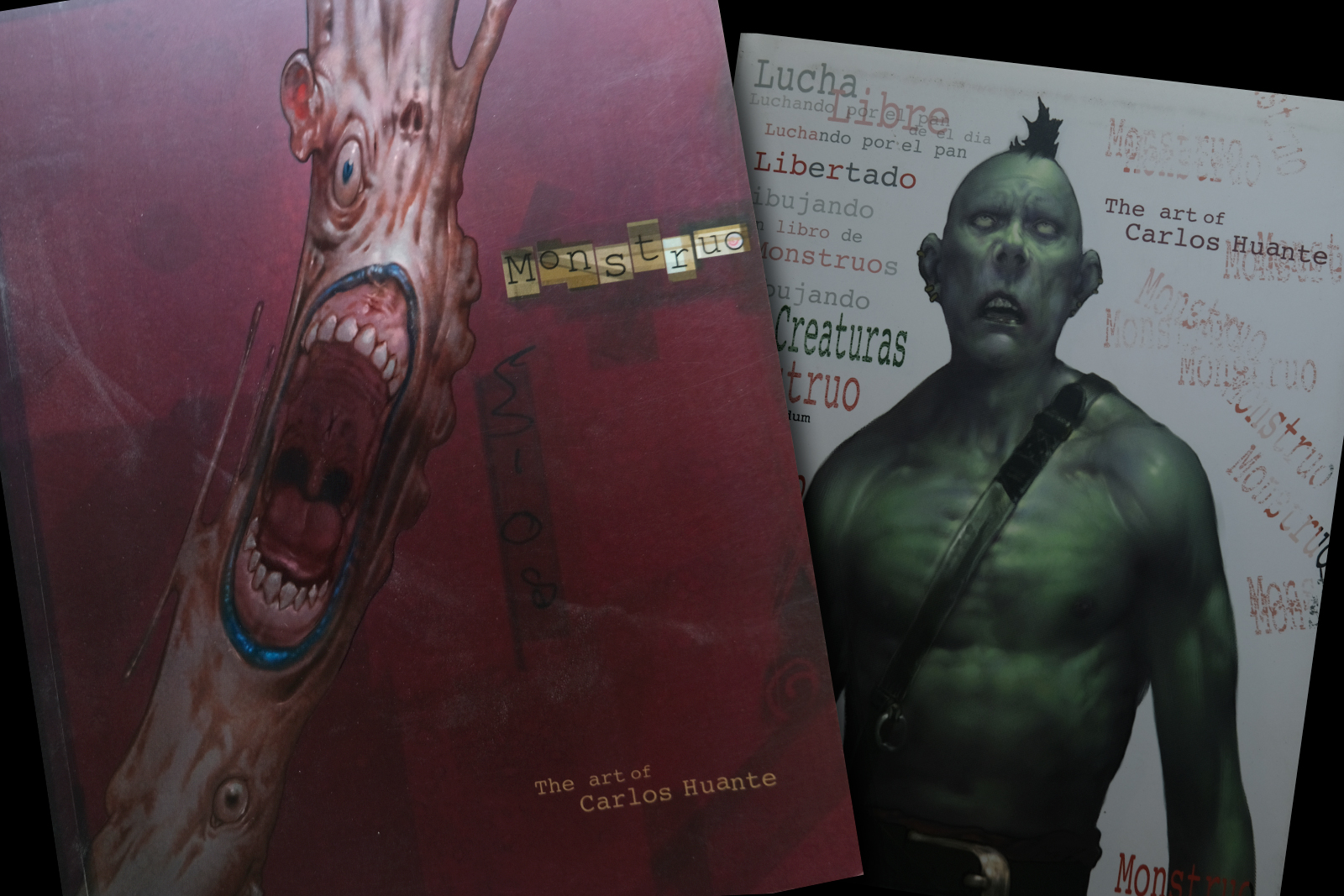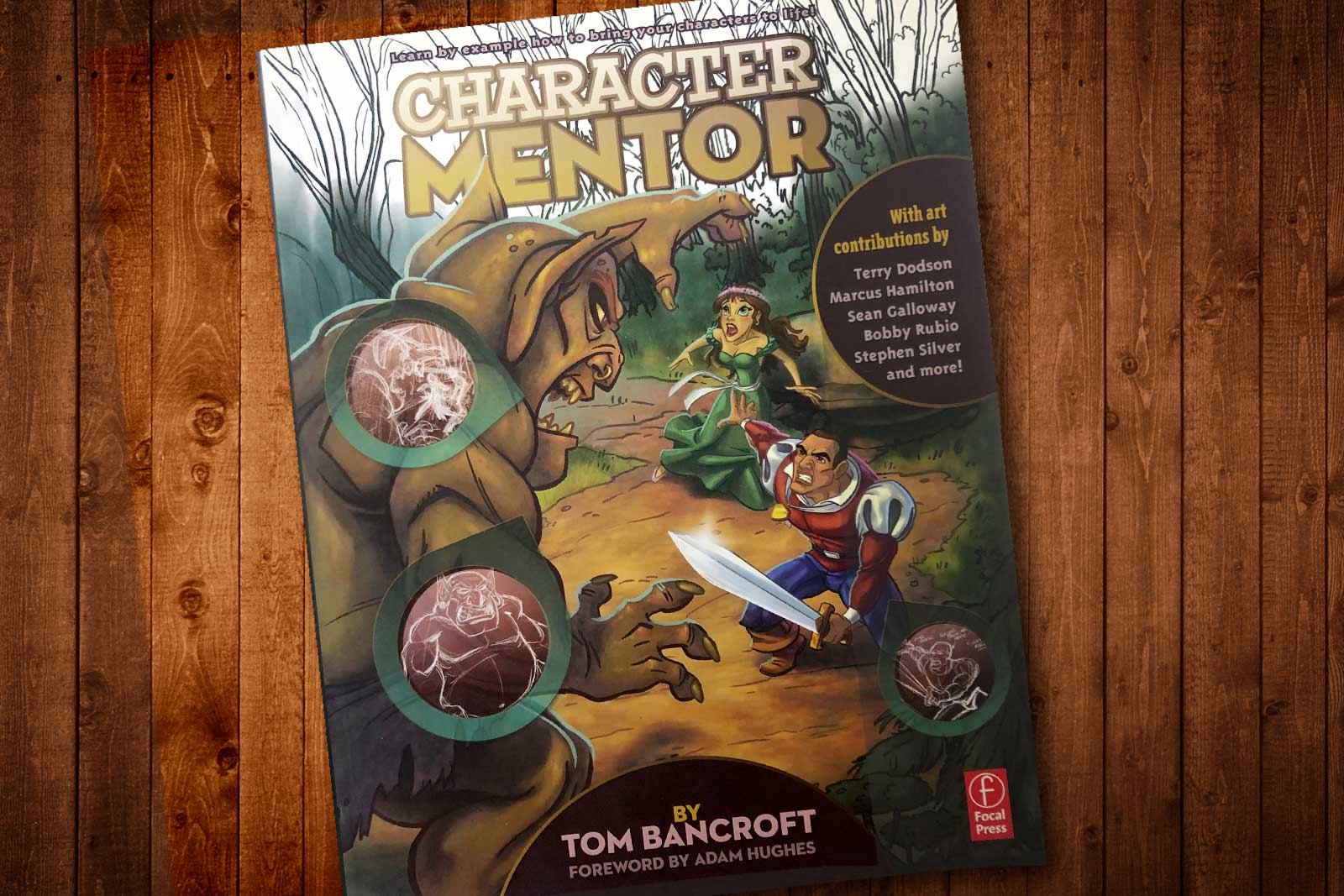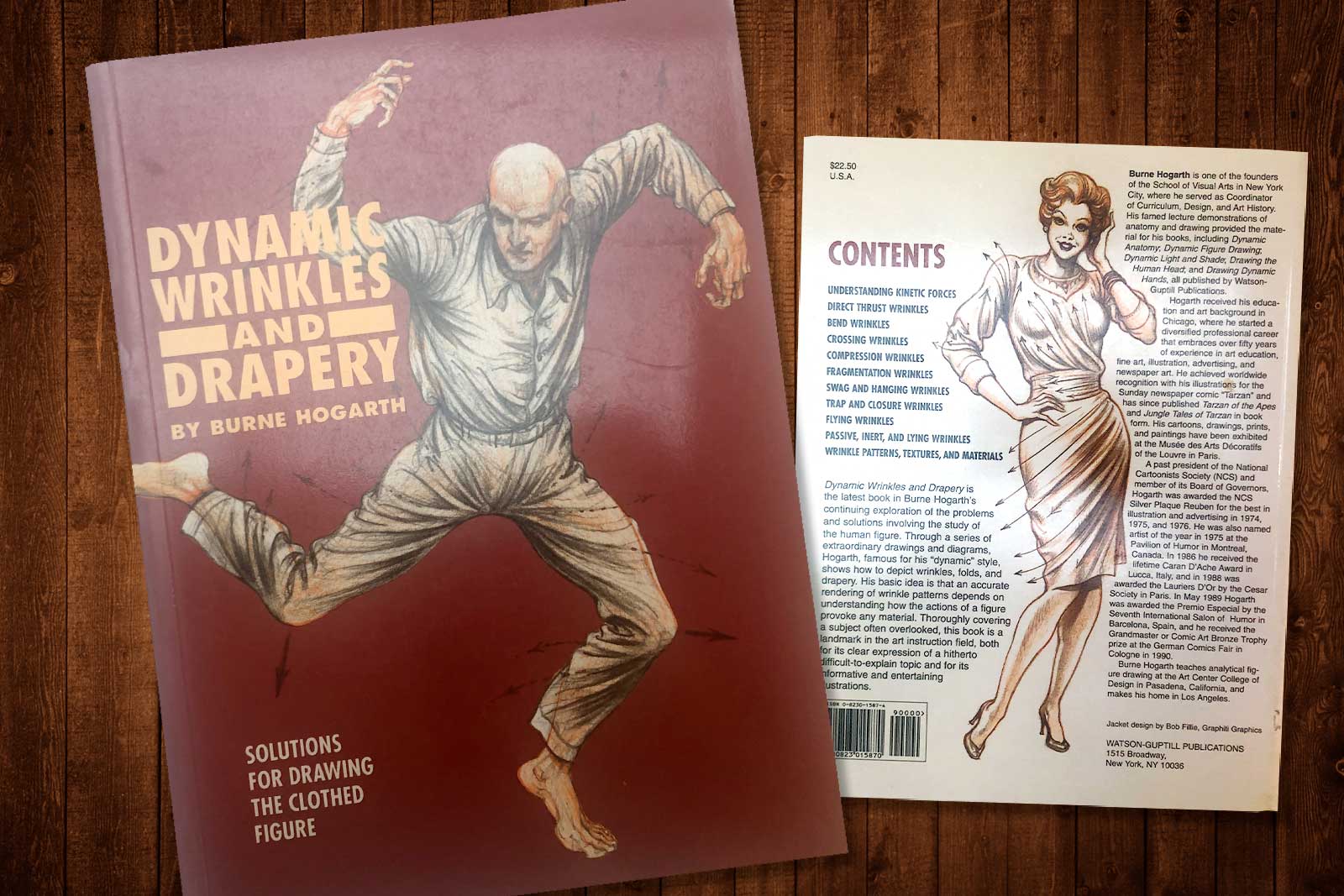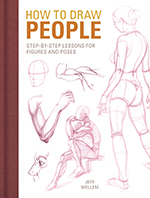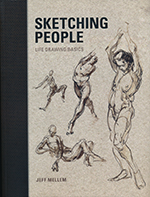Manet and Modern Beauty at Getty Center
The Getty Center is currently showing an exhibit on Édouard Manet’s later works, including his paintings Spring (which they purchased in 2014 for $65 million) and his award winning - though atypical painting - Monsieur Pertuiset, the Lion Hunter. They exhibit featured many of his famous paintings along-side illustrated letters to friends, unfinished works, and many of his flower paintings.
